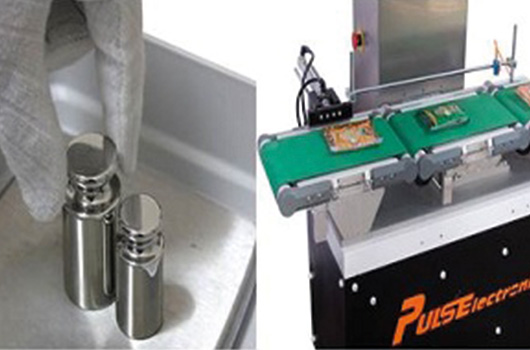What is the Difference Between Static and Dynamic Weighing?

WHAT IS THE DIFFERENCE BETWEEN STATIC WEIGHING AND DYNAMIC WEIGHING?
If we look at the weighing industry, we see that everyone thinks it is easy to build and test a scale. What changes this in many cases is Weights and Measures Certifications, which guarantee that the displayed weight value is proven to be accurate and repeatable. Because the CheckWeigher is not a static scale, the Weights and Measures rules that apply to static scales do not apply. For this reason, it can be difficult to understand a good and suitable CheckWeigher.
Without strict rules on accuracy, companies are free to claim whatever precision they want and run their tests however they manage to get the results they want. Some companies that do not have the correct CheckWeigher or an indicator with a fast cycle time by working on average, some companies that have a photocell and a conveyor are trying to reduce costs by using a static basis. However, most static-based systems are not designed for weighing in motion. Constant vibration and the moving load in the package on the scale cause the load cells to oscillate violently. This movement may cause incorrect weighing or damage to the load cell. CheckWeigher should obtain the correct weight value in less than 1 sec. Scales, which are generally used statically, do not require a fast response time and have very high response times of up to several seconds. Mean field indicators cannot cope with the disruptive dynamic effects caused by a moving load.
